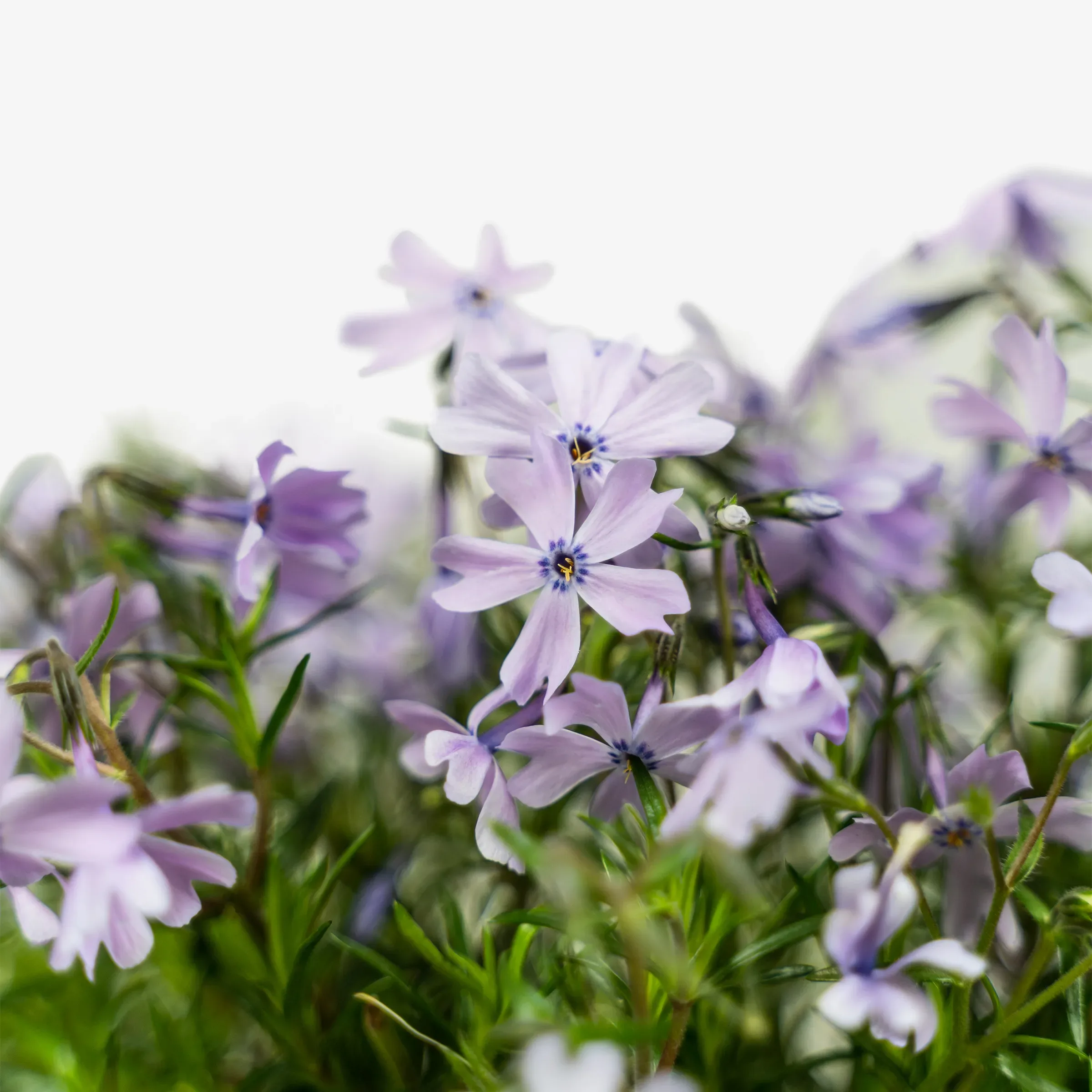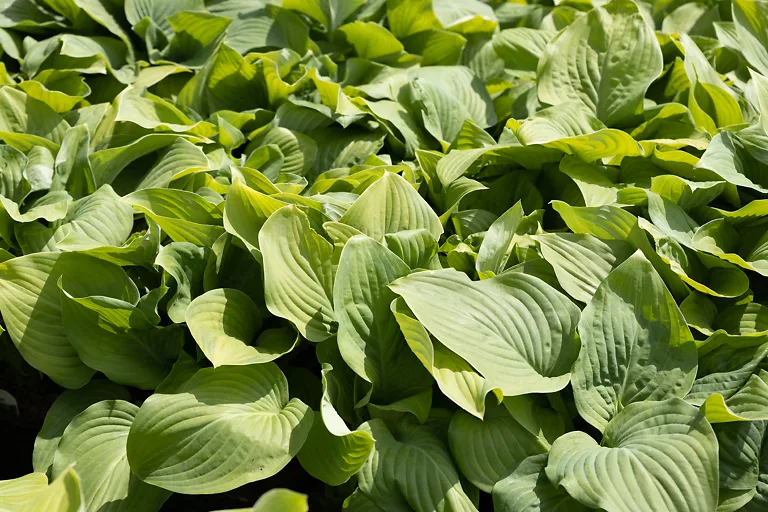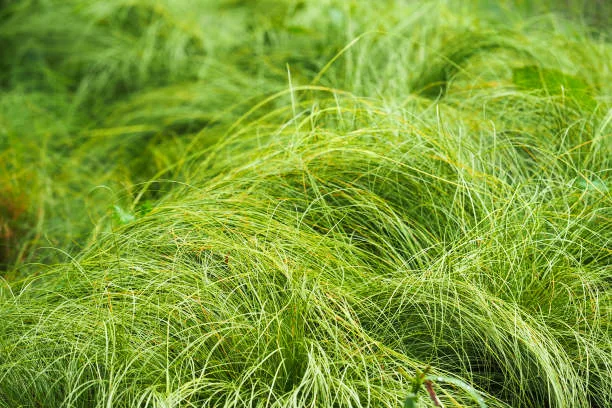
Written by s • Creeping Phlox are Back in Style
If you are an older gardener, you will probably remember the days before 1980, when the range of plants for gardens was incredibly restricted, and especially in colder zones it seemed that every garden was planted just with cedars, a blue spruce, a peony. . . and creeping phlox. When the explosion came, and perennial plants in particular leapt into prominence, with a profusion of plants becoming available, those pretty creeping phlox started to look old-fashioned and outdated. There use declined, and many younger gardeners may hardly know them.
The wheel has turned again, though, and everyone wants plants that are native to America, not potentially invasive alien species. They also want plants that are drought-resistant, won’t consume our increasingly-precious water supply, and that are suitable for water-wise and xeric gardens. Well guess what? That fits the creeping phlox perfectly, so it is back again, prominent in gardens and highly recommended for everyone, especially busy gardeners who want color and ease.
What are Creeping Phlox?
Don’t confuse this plant with the taller garden phlox (Phlox paniculata). Although related it is very different in every way. Also called moss phlox, botanists call it Phlox subulata. It is one of several species of phlox that are low-growing and mat forming, but the only one that has a large number of garden varieties. Other species, like the sand phlox, Phlox bifida, and the pine phlox, Phlox nivalis, are similar. Many of our garden varieties are probably hybrids of the true creeping phlox with these two, and other, species.
Creeping phlox grows as a low cushion of stems and leaves across the ground. Unless most perennial plants, and many other phlox, it doesn’t die back in winter, but keeps its mat of foliage year round. It typically grows to between 18 and 24 inches across, and even when it bloom it isn’t more than 6 inches taller, and often less. The stems are covered in small leaves that look a bit like juniper needles, but soft to the touch. They are narrow and taper to a point, attached broadly at their base to the stems. They are glossy, smooth and a light, bright green all year round. The light mossy-green accounts for them being called moss phlox. The foliage is dense and thick, and these plants form good weed-resistant ground cover, and also reduce or prevent soil erosion on slopes. So even when not in flower, this is a valuable plant for keeping things lush and full of green.
Flowers come in spring, between March and May, depending on when spring comes in your particular growing zone. Profuse bloomers, these plants produce so many flowers they hide the foliage, making this one of the most attractive and dynamic perennials. The individual flowers are a bit less than an inch across, with 5 flat petals. Usually there is a deep notch at the end of each petals, making it look like there are actually 10 petals. Minor differences in petal width can be seen between different varieties, but there are no extreme changes. Color move through the pink and purple spectrum, with white too, and often flowers have darker central zones, called an ‘eye’. Flowers last up to a month, making this a very long-blooming plant.
What Do Creeping Phlox Like?
Garden success with creeping phlox is easy, which is why they are so useful for busy gardeners. “Lots of sun and little water” sums it up. Don’t plant in shade (despite that ‘mossy’ foliage) and always plant in soil that is well-drained and even dry. These plants love sandy or gravel soils, and being around rocks. They like limestone and shale soils, and urban conditions too – just not wet soil and heavy clay. If your soil is heavier, plant in higher parts of your garden, or ideally on slopes and banks, where the soil dries out faster. They also don’t care much if you bother to enrich the soil with compost, etc. Sure, it’s good if your soil is very sandy, but otherwise don’t bother, just plant.
Are Creeping Phlox Native Plants?
They sure are. All the different phlox come from North America, so when you grow creeping phlox you are going native. You could find creeping phlox growing across a large part of the eastern states, all the way from southern Ontario and Michigan down through the Appalachians to Tennessee and North Carolina. They often grow in mountain areas, on poor, rocky soils and especially on the Virginia shale barrens, a distinct ecological community at higher elevations.
So you can grow these plants in your wild-flower garden, even if the varieties you plant are the result of breeding in the garden.
What Can I Do with Creeping Phlox in My Garden?
These plants can be used in many ways, so there is likely to be a place in every garden for them. It’s common to use them to edge beds, especially where a bed meets a path or hard surface – that way they can spill out and soften the hard lines. They can be dotted along an edge, with other low plants between, or planted continuously for a neat border. Space them about 15 inches apart if you want them to join up.
The other main uses include planting in rock gardens – natural or built – or growing them at the top of retaining walls or in the levels of terracing. There ability to follow the contours of the surface means they look very effective use that way. They are also terrific on slopes and banks, where they can be grown with other spreading plants, or smaller bushes, in a casual, ‘natural’ style.
Take advantage of the drought-resistance of these plants to use them for areas that aren’t watered, fitting in with the trend today for ‘water-wise’ and xeric gardening. Established plants are much more drought-resistant than you would think looking at them.
Varieties of Creeping Phlox
The main differences between the different varieties are in flower color, although some can be smaller and more compact in size. Although you might want to use a single color for edging, the way the colors all compliment each other makes this a great plant for tapestry planting – mixing colors together in a patchwork.
Back in the days of discovery by Europeans, many American plants were sent to Europe, usually causing a sensation. Phlox of all kinds arrived around 1800, so many of the different varieties were bred in Europe and then sent back to us. Famous breeders like Georg Arends in Germany created some, but most seem to have been seedlings chosen by smaller nurserymen and amateur enthusiasts, so often their stories have been lost.
We also don’t know – but can sometimes guess – which varieties are selected seedlings of Phlox subulata, and which are hybrids with pine phlox or sand phlox. Because all three plants are so similar it is hard to tell, but experts suggest that many of them are hybrids. Probably the person who found the new color didn’t know either – they simply had these plants growing near each other and the bees did the rest (where they grow wild they are separated by different habitats and altitudes).
Check out our Phlox page for our current selection of creeping phlox – they are all great little plants you will be happy you welcomed into your garden.







